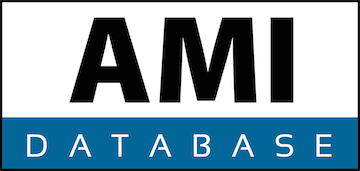
In 2004, during a workshop held in Lausanne’s Federal Polytechnic School (EPFL) and orchestrated by the UNEP-SETAC Life Cycle Initiative (Jolliet, 2004), stakeholders made the decision to adopt HC50 (hazardous concentration for 50% of the species) as the most pertinent indicator for the assessment of ecotoxicological impacts in LCA.
This measure corresponds to species’ average response. It supposes that species inhabiting an ecosystem which is exposed to multiple sources of stress are likely to react, even to extremely low doses of toxic substances. Such an assumption considers that the concentration addition model is the most appropriate model for describing the reaction of species exposed to numerous stresses at the very same moment. HC50 receives particular attention in several publications (such as Pennington et al 2006), and an ecotoxicity effect factor-rich database was presented in the form of a tool called AMI database (Assessment of the Mean Impact).
In its original version (Payet, 2004), the database provided HC50 values for several hundred substances and was largely used as a foundation of UNEP-SETAC’s USEtox® toxicity model. Its latest version is enriched with additional substances and comes along with a comprehensive HC50 calculation-related recommendation methodological guide.
AMI database available here


 Français
Français